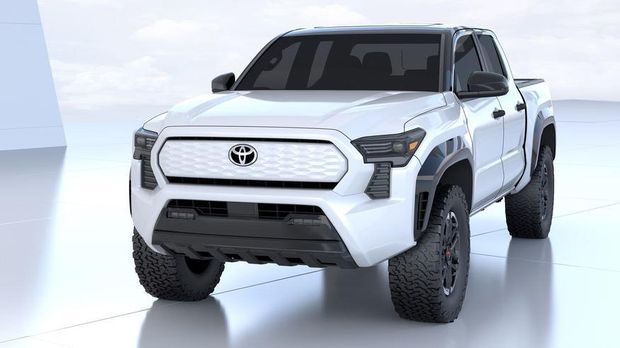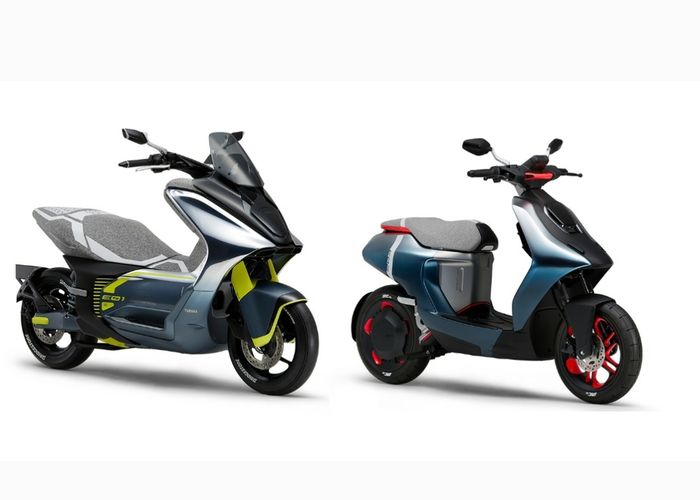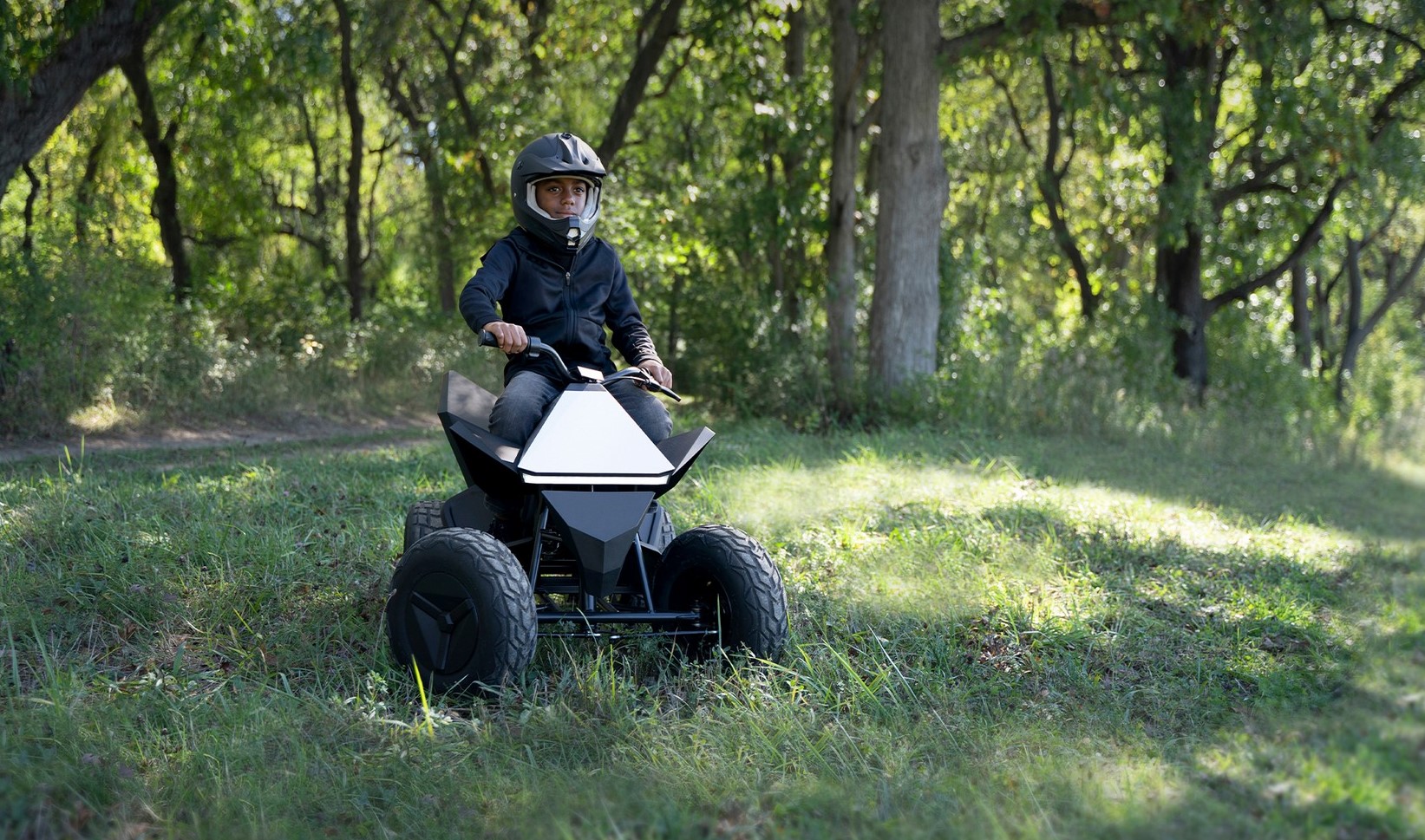Staying on the right track is easier when we know how many roads to use. Unfortunately, road markings and marking lines on the highway are starting to fade and get damaged. A new pilot program from the Honda Research Institute USA could one day help local traffic and highway departments monitor road conditions more closely, using the cars passing on them.
The Honda Road Condition Monitoring System utilizes the cameras and GPS navigation systems found in many cars today to monitor real-time road conditions and detect potential hazards. The integrated system evaluates each stretch of trail marker as green, yellow, gray, and red. Green and yellow indicate road markings that are ideal or of good quality, while red indicates road markings that need improvement and gray means no markings at all.
See also: Honda e:N SUV – Brand New EV Concept from Honda with Ultra-Edgy Design
The system captures road conditions using vehicle cameras and other sensors, coordinates that information with GPS to provide the exact location of any hazard or damage, and then uploads that data to a secure server. Once the data is in the cloud, the local road and transport department will be able to access it via a web portal to see which parts need repair or repainting most urgently.
“We regularly inspect our highways throughout Ohio and act quickly to address any issues, such as faded or damaged pavement markings, that are identified. This is a labor intensive process. Good pavement markings are important for today’s drivers and tomorrow’s vehicles. We’re working with Honda to improve the process,” said Ohio Department of Transportation Director Jack Marchbanks.
See also: Mercedes Recieves World’s First International Approval For Level 3 Autonomous Driving Tech
Honda is working with the Ohio Department of Transportation on an upcoming pilot program, which is scheduled to begin early next year. During that study, it was clear that only certain Honda vehicles would be recording data. The research institute ultimately wants to connect the entire fleet of Honda and Acura vehicles, enabling them to share data over a V2V (vehicle-to-vehicle) network and provide real-time updates to their systems.







